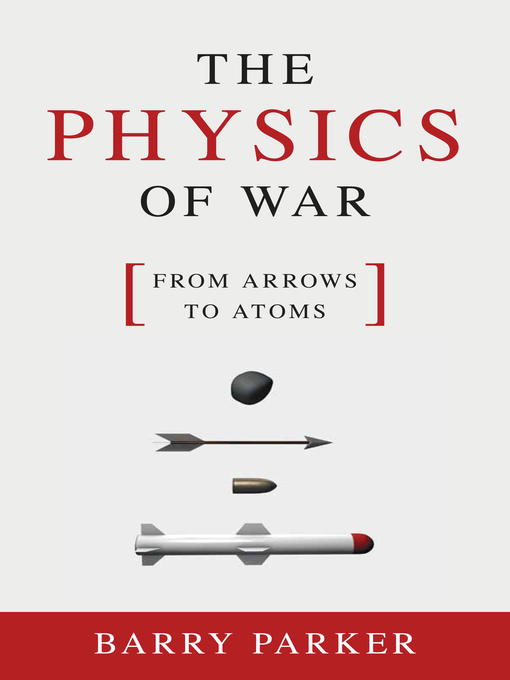This fascinating blend of popular science and military history examines the science of war, demonstrating the close connection between the discovery of basic physical principles and the development of weaponry over the ages.
Physics has played a critical role in warfare since the earliest times. Barry Parker highlights famous battles of the past as well as renowned scientists and inventors such as Leonardo, Galileo, Newton, Maxwell, and Einstein whose work had an impact on the technology of combat. Mechanics and the laws of motion led to improved shell trajectories; gas dynamics proved important to the interior ballistics of rifles and cannons; and space exploration resulted in intercontinental missiles, spy satellites, and drone aircraft.
Parker emphasizes the special discoveries that had revolutionary effects on the art of warfare: the Chinese invention of gunpowder, the development of firearms, the impact of the Industrial Revolution, the deployment of the airplane in the First World War, and in our era the unleashing of the enormous power inherent in nuclear fission and fusion.
- Available now
- New eBook additions
- New kids additions
- New teen additions
- Most popular
- Try something different
- Project Gutenberg eBooks
- See all ebooks collections
- Available now
- New audiobook additions
- New kids additions
- New teen additions
- Most popular
- Try something different
- See all audiobooks collections

